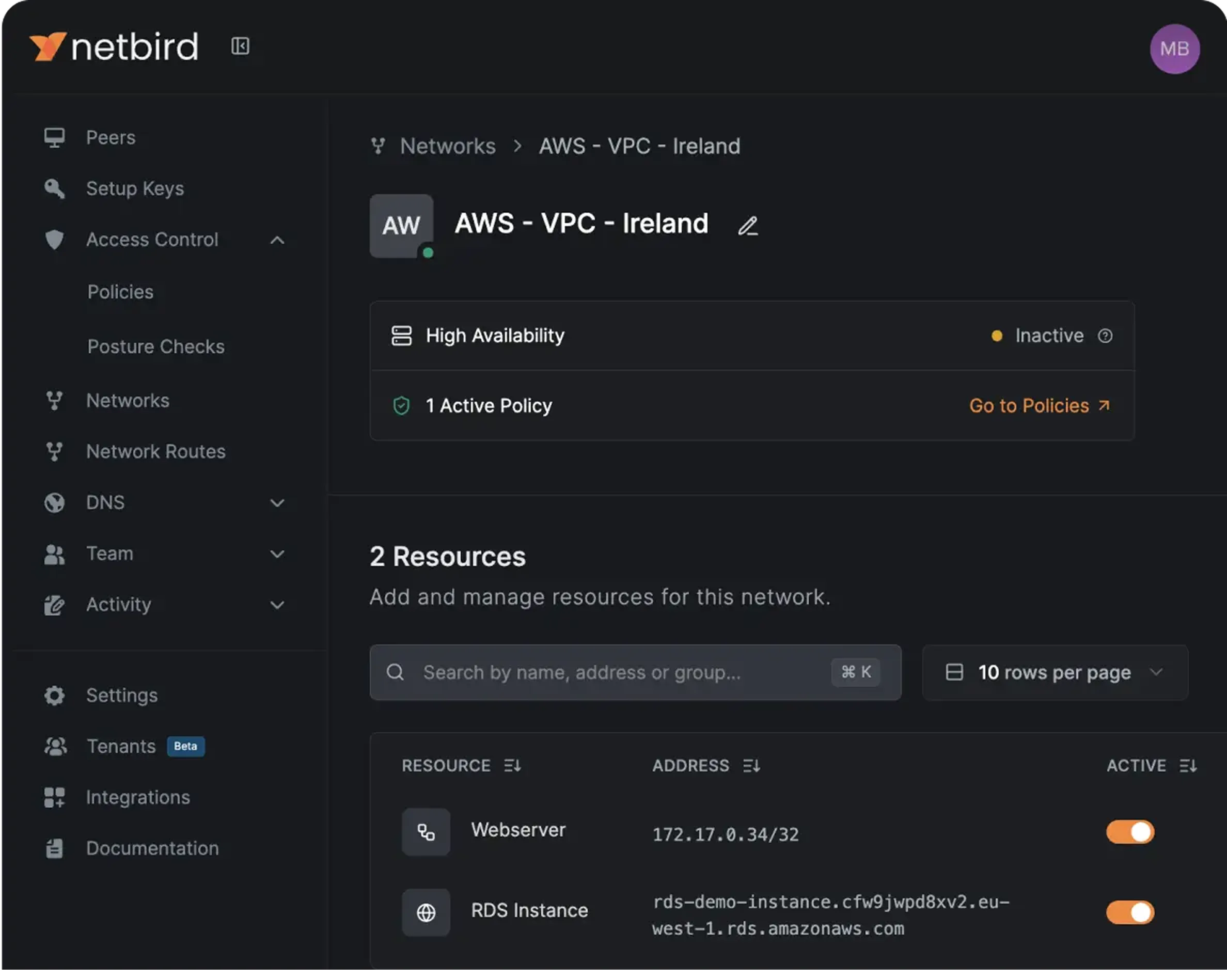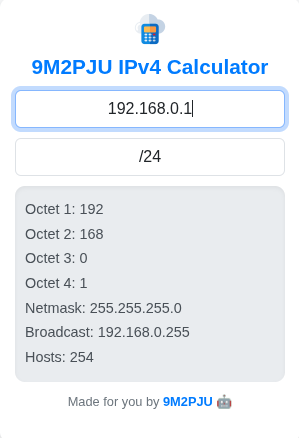networking
openwrt
router
broadbandgateway, carriergrade, cpe, deviceorchestration, embeddedlinux, firmwaresecurity, firmwarestack, homegateway, iotedge, isp, linuxnetworking, networkingsoftware, opensourcerouter, openvswitch, openwrt, prplos, remotemanagement, routeros, sandboxing, securefirmware, telecomsoftware, tr069, tr369, yoctoproject
9M2PJU
0 Comments
How prplOS Works: Inside the Architecture of Carrier-Grade Open Router Firmware
As the demand for secure, open, and high-performance home and enterprise gateways grows, so does the need for a modern, modular router operating system that meets carrier requirements while remaining open to developers. prplOS, developed by the prpl Foundation, is one such platform.
prplOS is not your typical consumer router firmware. It’s an open-source, production-ready operating system designed for service providers, OEMs, and operators building carrier-grade CPE (Customer Premises Equipment). Let’s break down how prplOS works, its architecture, and how it’s different from projects like OpenWrt.
What Is prplOS?
prplOS is an embedded operating system for routers and gateways, designed to be:
- Modular
- Security-hardened
- Carrier-compliant
- Based on OpenWrt, but optimized for commercial deployments
It is developed under the prpl Foundation, a consortium backed by companies like Vodafone, SoftAtHome, and MaxLinear. The goal is to provide a standardized, open software platform for broadband home gateways and edge devices.
Core Architecture of prplOS
prplOS is built on top of OpenWrt, but it introduces additional layers, tooling, and compliance features required by service providers.
1. OpenWrt Base
At its core, prplOS uses OpenWrt as the base operating system:
- Linux kernel (customized for networking and embedded systems)
opkgpackage managernetifd,hostapd,dnsmasq,ubus, anducifor system and network config
But this is just the foundation.
2. prpl High-Level Services and Extensions
prplOS adds components for:
- Service provider APIs
- TR-069/TR-369 (USP) management agent (CPE WAN Management Protocol)
- Secure remote provisioning
- Service orchestration and monitoring
- User experience telemetry
These allow operators to configure, monitor, and update CPE devices remotely and securely.
3. Security Hardening
prplOS integrates security at multiple levels:
- Secure boot and firmware signing
- Kernel-level hardening (AppArmor/SELinux or similar MAC systems)
- Isolation between services (sandboxing, containers)
- OpenVswitch or other secure networking layers
This ensures regulatory compliance and protects users from common router vulnerabilities.
4. Modular Build System
Built using a Yocto Project-based or OpenWrt ImageBuilder style build system, prplOS allows:
- Device-specific builds
- Feature toggling via layers and feeds
- Carrier-specific customizations without forking core logic
Developers can use CI/CD pipelines to integrate features and test builds across different hardware targets.
How It Manages and Orchestrates Devices
prplOS is designed for zero-touch deployment in managed networks. Key features include:
- TR-069/TR-369 stack: Allows operators to remotely configure the device, push firmware, collect logs, and manage QoS policies.
- Remote logging and telemetry: Sends anonymized metrics (CPU, memory, traffic) to a backend analytics system.
- Plugin support: OEMs can deploy custom services or apps, isolated via containers or sandboxes.
- Security updates: Firmware and apps can be patched over-the-air via encrypted channels.
How prplOS Is Different from OpenWrt
| Feature / Component | OpenWrt | prplOS |
|---|---|---|
| Target Audience | Hackers, hobbyists, advanced users | OEMs, operators, ISPs |
| Build System | OpenWrt Make + Feeds | Extended OpenWrt or Yocto layers |
| Remote Management | Optional via LuCI or SSH | TR-069/TR-369 stack, orchestrators |
| Security | Good defaults, user-configurable | Carrier-grade with enforced hardening |
| Modularity | High, but geared toward end-users | Modular and structured for enterprise scale |
| Hardware Requirements | Consumer-grade routers | Carrier CPEs, gateways with multi-core SoCs |
| Commercial Deployment | Not officially supported | Designed for production at scale |
In short: OpenWrt is for power users and self-hosters, prplOS is for ISPs rolling out millions of devices with SLAs, telemetry, and regulatory compliance.
Example Use Cases
- Fiber home gateways with dual-band Wi-Fi and USB ports
- 5G CPEs with failover support and remote provisioning
- Smart home hubs that double as Wi-Fi routers
- Enterprise mesh routers with programmable APIs
prplOS is designed to support real-world telecom infrastructure, where uptime, security, and manageability are non-negotiable.
Final Thoughts
prplOS bridges the gap between the openness of community-driven firmware like OpenWrt and the demands of telecom-grade deployment. It empowers vendors and ISPs with a secure, open, and extensible platform—without locking them into proprietary ecosystems.
Whether you’re building routers for a telco or exploring standardized embedded Linux for edge devices, prplOS is an evolving, powerful foundation worth considering.
Relevant Hashtags (CSV)
prplos, openwrt, carriergrade, routeros, embeddedlinux, broadbandgateway, tr069, tr369, cpe, isp, remotemanagement, securefirmware, opensourcerouter, homegateway, iotedge, linuxnetworking, firmwarestack, networkingsoftware, telecomsoftware, yoctoproject, openvswitch, sandboxing, deviceorchestration, firmwaresecurity
Let me know if you want this adapted for developers, a Yocto build guide, or diagram illustrations of the architecture.







Post Comment